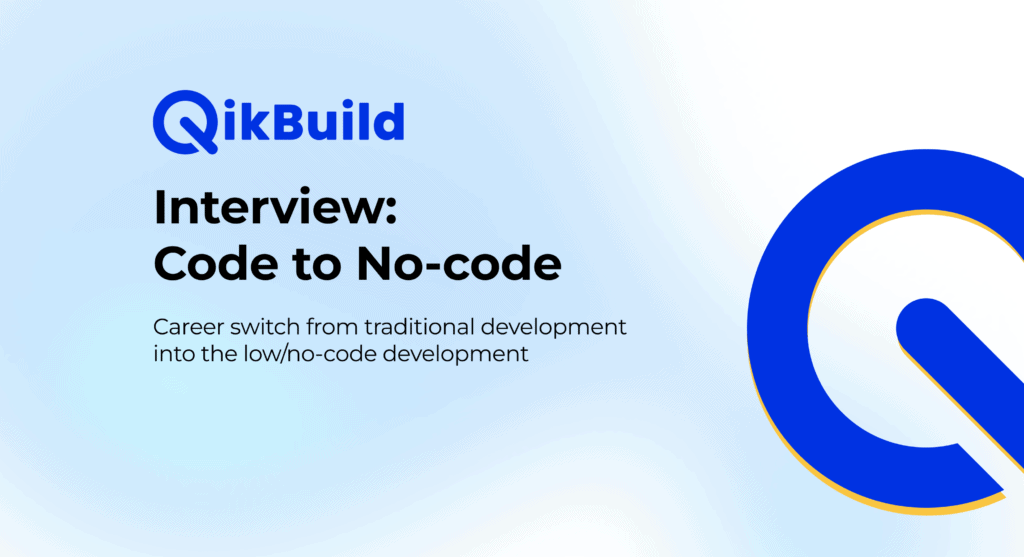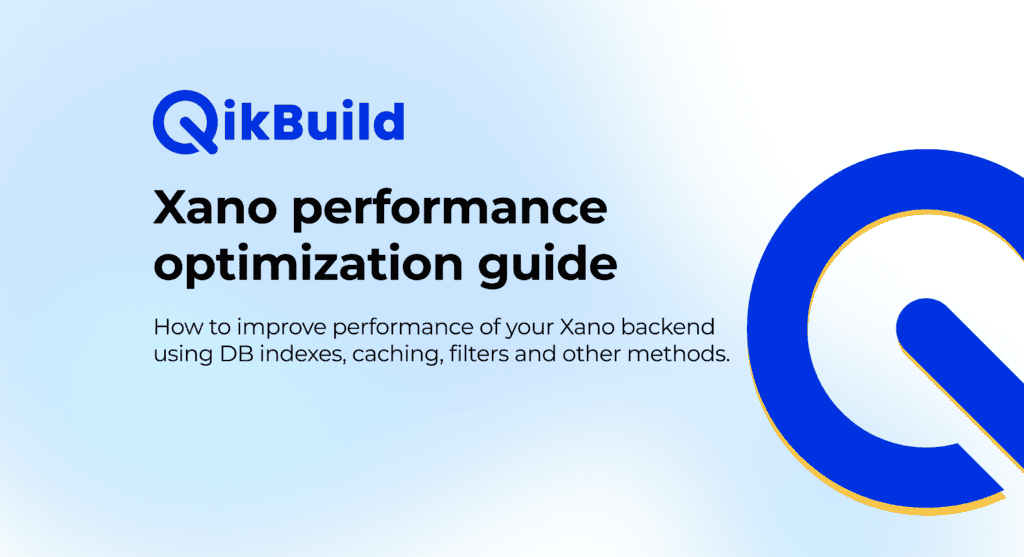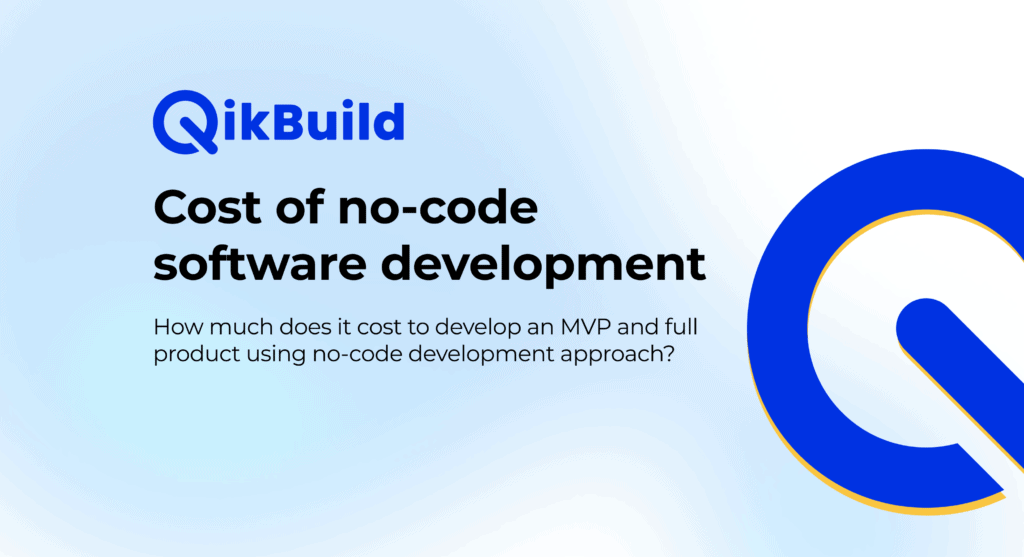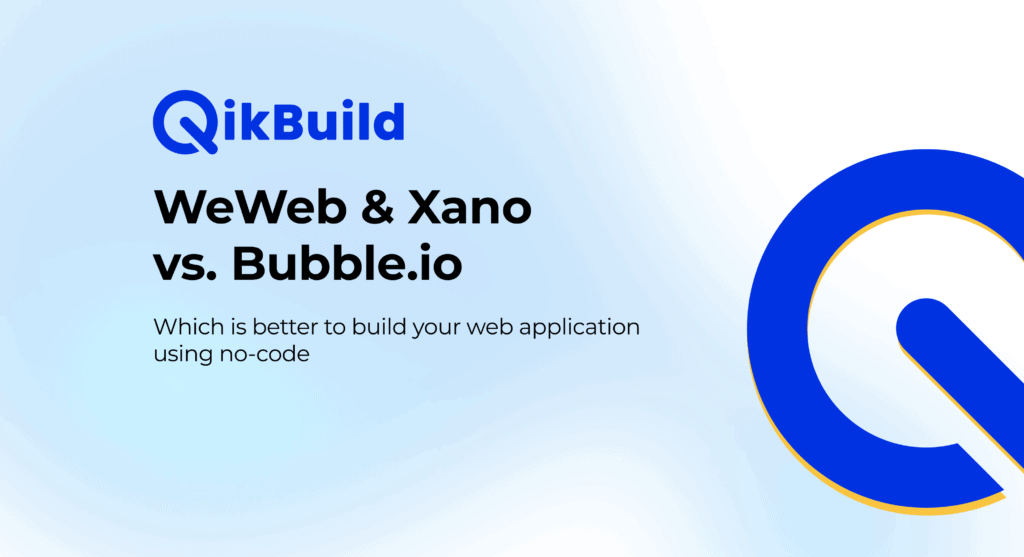Table of Contents
So you want to build an app – let’s say you are a startup and you want to build a social network for niche industry. And the ultimate question is: How much does it cost to develop MVP and full app?
The easy answer for an MVP is summarized on the image below
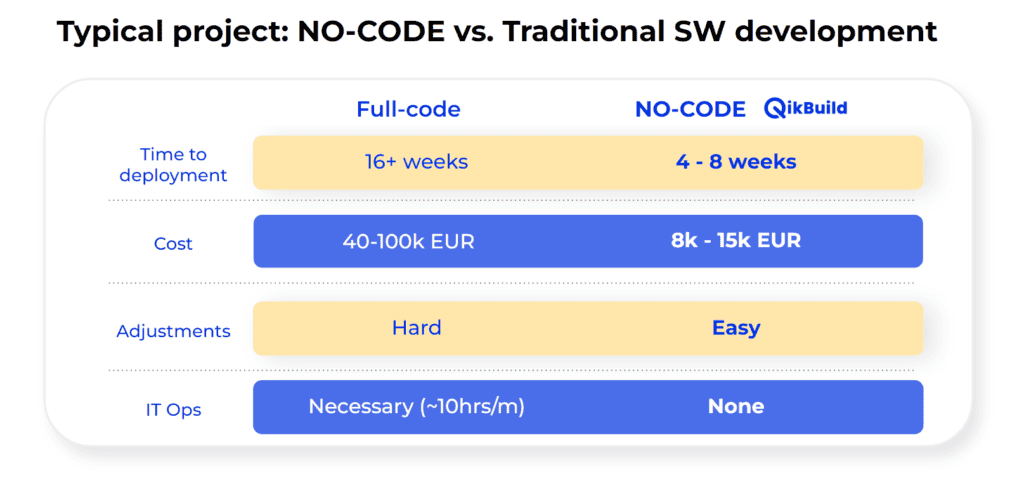
From our experience both in no-code and traditional development, building an “average MVP” of web app will cost you around 10-15k EUR, while with traditional development, price tag start at around 50k EUR.
But it’s not that easy to just say that every app will cost 10k or 50k. There are a lot of things you need to consider when building an application, whether it’s in no-code tech stack or traditional “full-code” development.
Key factors affecting the cost of the no-code software development
Design – simple vs. fancy
Do you prefer plain and simple UI or is it rather fancy design with ton of animations, asymmetric layouts and interactivity all over the app?
When we design our apps, we have one rule to rule them all – Make it simple. When you open for example any Google app, you don’t see lot of colors and moving parts. You see plain and simple app that’s easy to use.
In QikBuild we stick to the same approach, designing clean and simple UI. However we always need to take into consideration what kind of app are we building and who will use it.
Is it B2B or B2C. Is the target user’s age less than 20 or more more than 50? These factors can play a major role when choosing the optimal user experience for your web app.
Design – template vs. custom
One way how to spend less resources on the development is that you can use already pre-built components. This of course doesn’t mean that you cannot change them at all, but it has pre-defined structure that is easy to re-use and decrease the overall cost of the development.
In case of no-code development, you can either use community based component or – in our case – we offer our clients reusing our internal component library, that we’ve developed over past few years and dozens of different projects.
In case of traditional software development, it’s always good idea to use component sets such as Material UI.
Database complexity
Let’s bring some fancy terms. When designing the database, it is super important to balance between easy-to-use database design and fully normalized database design.
Are you working with bitemporal data structures, multi-tenant architecture, polymorphic associations or anything that makes your database more complex?
We’ve implemented few of such use-cases and it can increase the complexity and overall cost of the project significantly.
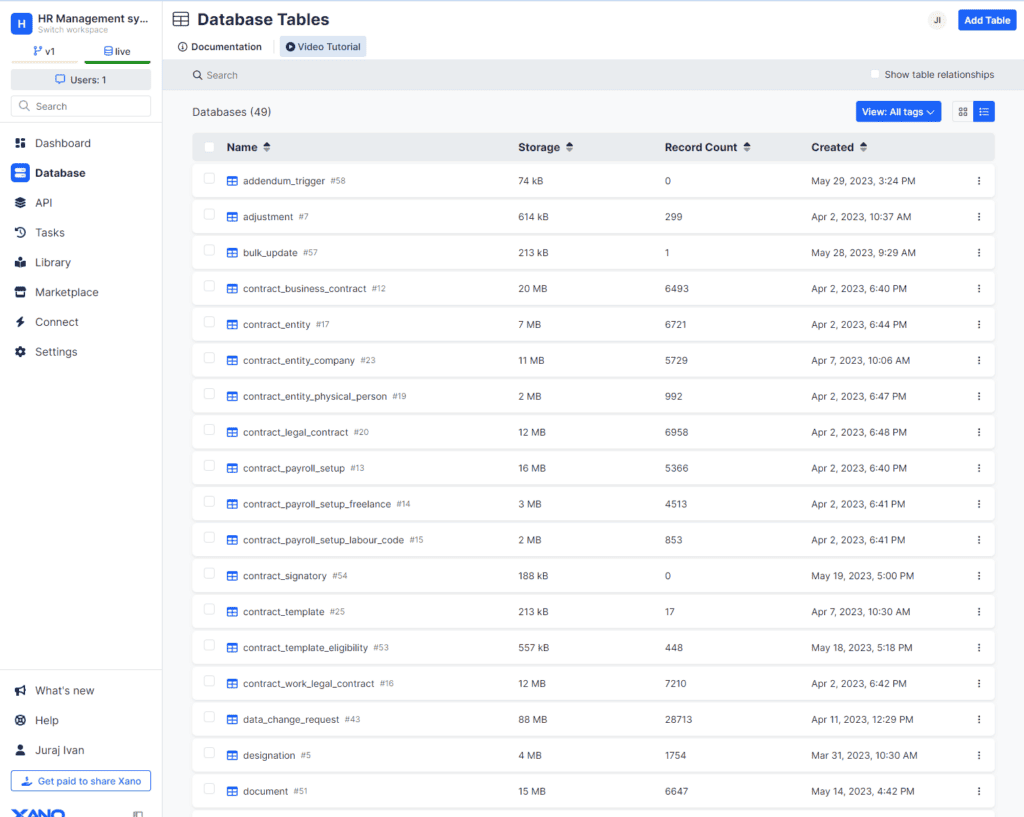
User role access management
Does your app have single role, So that everyone can see almost the same content?
Or is it rather like you have 10 different roles and each role can see different data (applying both row level and column level security) and access different features?
It requires non-trivial amount of proper system design to implement functionality so that different users see different data and has access to different features.
Based on number of roles level of permissions that these roles have, the complexity of the application can grow significantly.
External integrations
Every app that we developed so far, was in some way integrate with one or more external systems. It can be an integration with internal CRM, email provider, financial software, document management or anything else. Your app will need some 3rd party integrations – always.
If you handle single integration to external software, that’s quite easy and straightforward. You’ll just setup few API calls and that’s it.
But when you are dealing with tens of different integration, you need some level of consistency, for example separate integration layer. This adds additional complexity to your app, making it more expensive. Keep that in mind.
One of the tools that we use to streamline and centralize some of the app’s external integrations is Make (formerly Integromat) which has thousands of pre-built connectors to external tools.
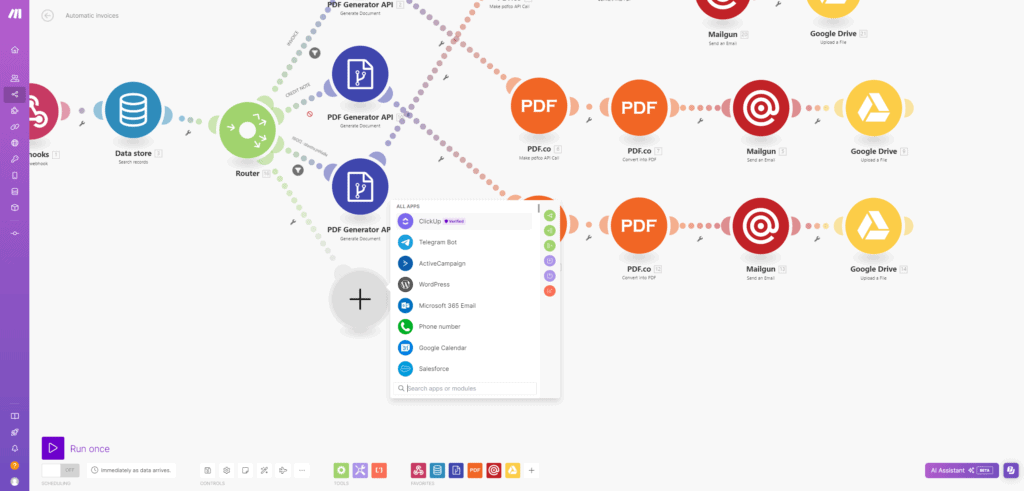
Range of features and functionalities
Do you need to implement functionalities such as real-time messaging(chat), social features(posts, comments), geolocation (uber-like apps), content management system, kanban boards, auctions or anything like this?
Keep in mind that increasing app’s complexity also increases it’s “marginal cost”. That means adding feature ABC to super simple app, requires less effort than adding it to very complex application. (because you need to have in mind that the app is “wired” in so many places)
Admin portal
Great thing about no-code development, is that their UI is simple enough, so that it can be used also by non-tech people for basic ADMIN operations. (e.g. approving, changing data, executing one-off actions, exploring the data etc.)
So usually you don’t even need to build a separate admin portal to maintain your application. This is usually needed only in later stages of the project, definitely not in the MVP.
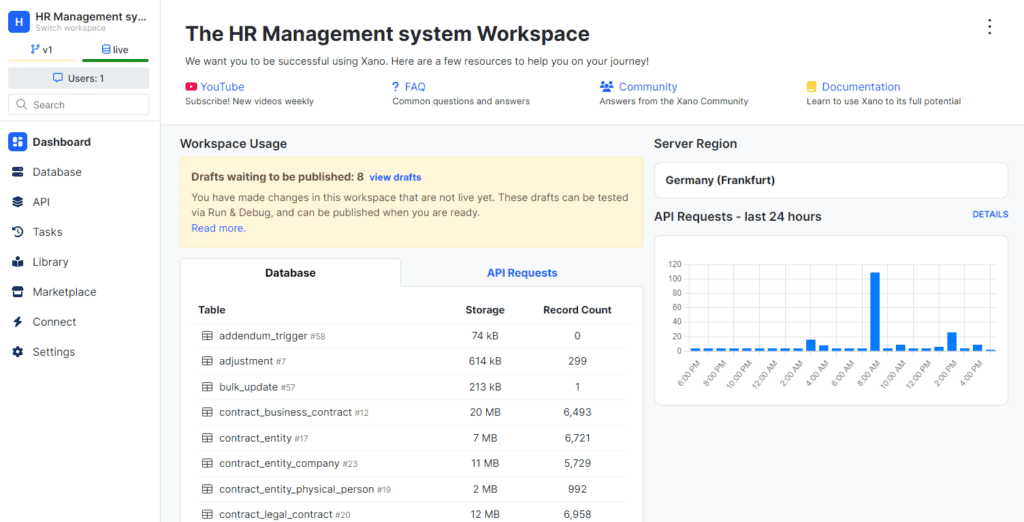
Performance requirements
Are you going to handle millions of data every second or is it rather an application that has 5 tables with 1000 rows each?
In no-code development, different performance requirements, means that different no-code tools might be suitable for the project.
We have a great experience using Xano both for simple and more complex projects, as it allows to optimize the performance with custom database indexing and built-in REDIS caching mechanism.
Analytics
After launching any app, there comes a moment when you will need to analyze your data to make better business decisions. For example you want to know the average age of your customer or average number of orders per different customer segments.
When we discuss analytics requirements with our clients, we usually recommend to take basic approach and just easily export the data from no-code platform into one of the most powerful tools of all time – Excel (we like Google Spreadsheets more 🙂 )
But once there is a need to implement analytics directly in the app, tools that we usually work with, such as WeWeb offer pre-built dashboards and charts that we can re-use to minimize the cost of the development.
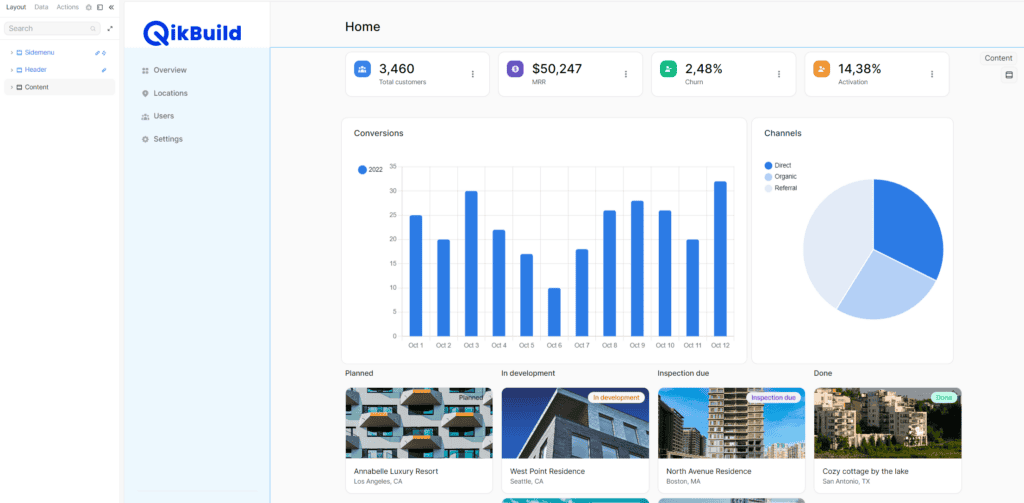
Performance monitoring & Logging
Depending on your use-case, you might have some additional requirements on monitoring and logging of your app. Usually no-code platforms offers basic logging and monitoring as built-in features.
However if you need an additional level of performance monitoring and logging, you can use external service such as ncScale that offers integration to all major no-code platforms.
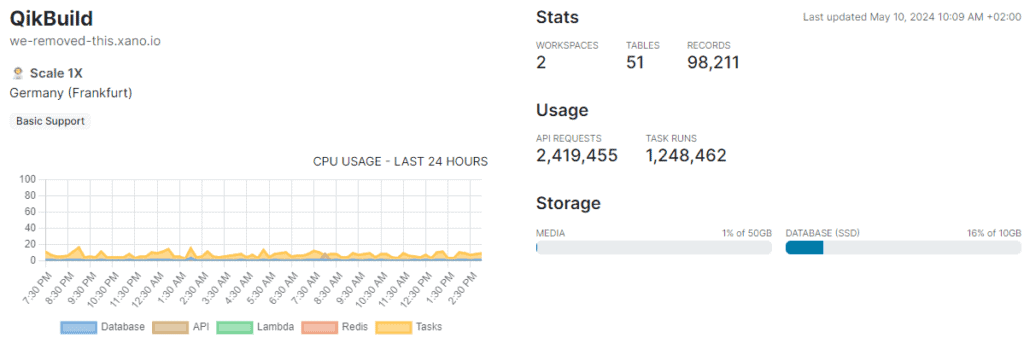
Conclusion
The goal of this post was to give you a better overview what are the key factors driving the cost of no-code software development.
This of course cannot be generalized into a single number, but there is always an average of what you should expect.
Do you want to know how much would it cost to develop your application using no-code tech stack?
Book a short call with our CEO and we can conclude some budget ranges even after initial discovery call.


